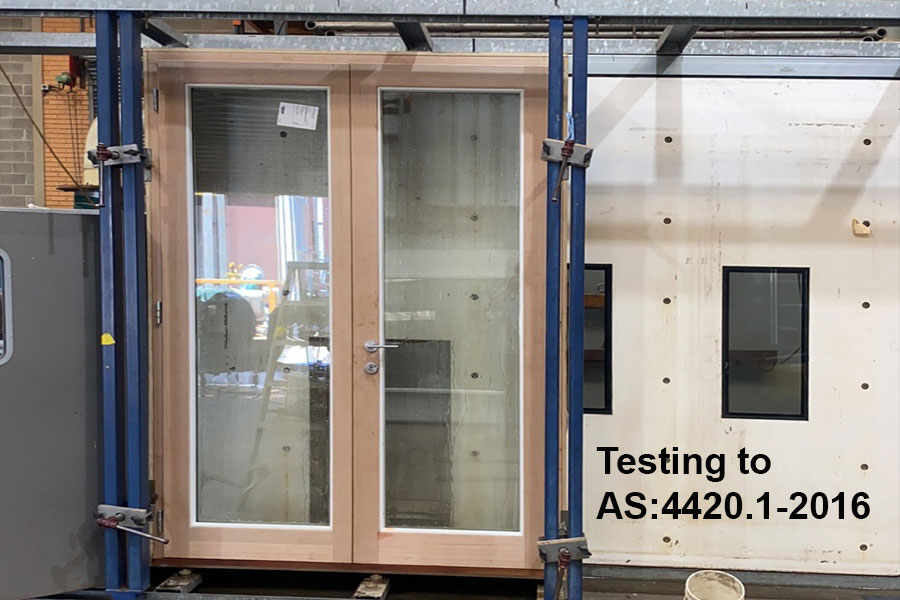Paarhammer will be closing at 12pm Tuesday the 23rd of December 2025 and we will reopen on Monday the 12th of January 2026. We would like to wish all our clients and suppliers a happy and safe holiday period.
Click here to view our latest blog
Difference in U-value Calculations

Windows around the world get tested and certified using different criteria: Australia uses the North American NFRC (National Fenestration Rating Council) system, Europe uses ISO 10077-2 and ISO 15099, then there is the Passive House Criteria and ift Rosenheim Directive WA15/2. How do you know you get the best window for your build?
One thing is clear: the lower the U-value, the better your window. But if the outcomes of the different methods are not the same, can you compare apples with apples? Is an Australian U-value of 1.1 worse than a European U-value of 0.8? Or is it better or the same?
The important difference between the testing systems are:
- Boundary conditions
- Calculating solar heat gain (SHGC)
- Methods of accounting for solar glass effects
- Reference sizes
- Installation values
Different boundary conditions including indoor and outdoor temperatures, coefficient of surface film and incident solar radiation are some of the differences between the rating systems. Other differences are the actual properties that are being measured, e.g. NRFC compares the relative energy performance under identical size and identical environmental conditions and report on U-value, SHGC and VT (Visible Transmittance) for the whole product in a standard size. ISO rating procedures compare framing systems, spacers, and glass independently and under different environmental conditions.
Thermal performance properties of NFRC method evaluate the complete product only (frame, glass, spacer - together) for U-value as well as SHGC while Passive House uses the centre of glass only for g-value but also include the installation as linear thermal transmittance value. ISO evaluate frame U-value using a calibration panel instead of the actual glazing and spacer.
ISO 10077 (1 and 2) is for calculating U-value only by using a simplified method and less accurate algorithms than the more accurate ISO 15099. The ISO 15099 calculates total product thermal qualities U-value, total energy transmittance and visible light transmittance.
The Board of the AFRC (Australian Fenestration Rating Council) says that the base for a window assessment in Australia is as per ISO-15099. Plus climate protocol considering local conditions which are different to the USA, Canada and Europe, as well as a much smaller specimen type as the base of the evaluation than in Europe. This gives a different U-value and SHGC to other countries. W/m2-K might be kW, but if one puts in other parameters, the outcome will differ. In Australia, NATHERS asks for 27 parameters (factors) as an input to produce a window rating without the window yet being installed.
Still confused? Speak to us about window and door requirements for your project/s.
Some information for this blog from: https://www.rdh.com/resource/window-standards-compared-nfrc-iso-and-passive-house-ratings/